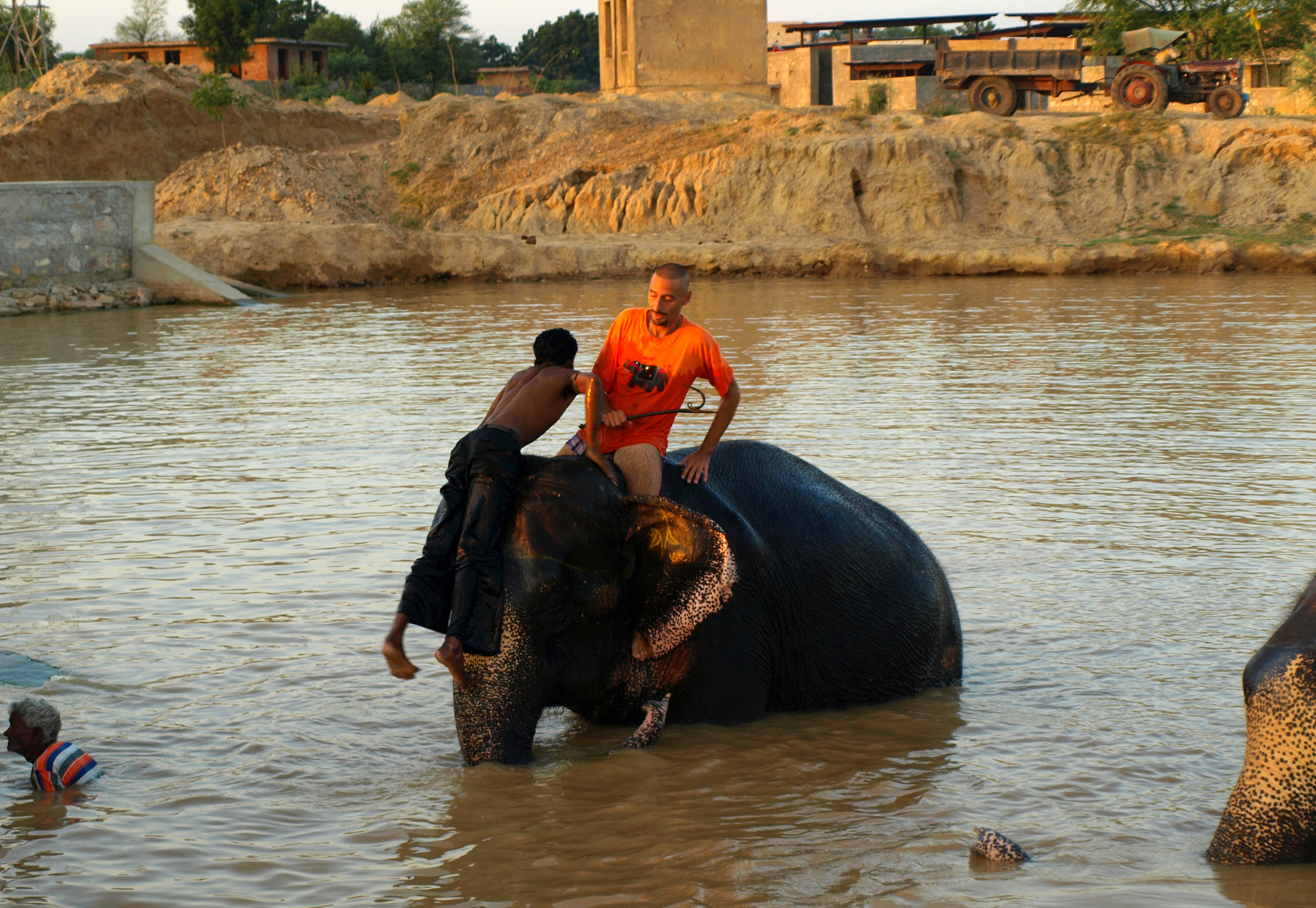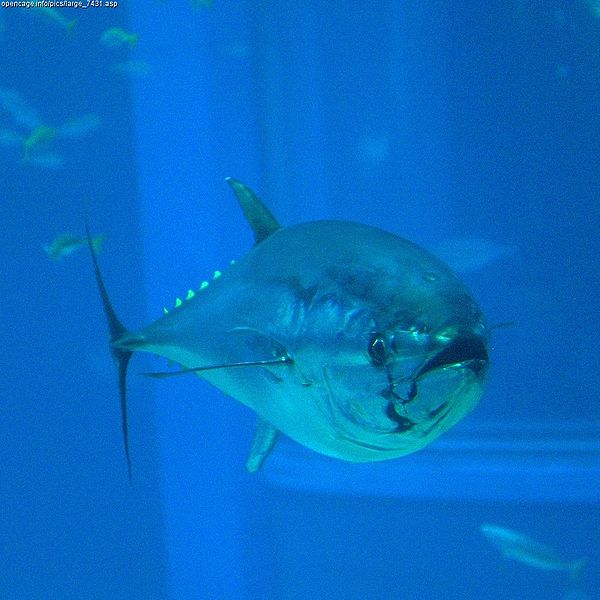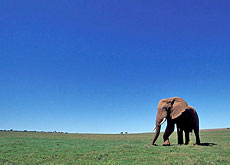Swiss man’s Jungle Book dream comes true

Being an elephant driver in fast-developing India isn’t the most popular job among young people.
Yet Fabio Preti, a Swiss, has chosen this original career path. Sitting astride a bare-backed elephant, as motorbikes honk and buses try to overtake, he tells swissinfo.ch why he chose this job and wouldn’t swap it for anything in the world.
“It was a childhood dream,” he said. “My first drawing was an elephant, my first cartoon and book were The Jungle Book.”
Every day, Geneva-born Preti negotiates the traffic jams of Amber Fort with half a dozen elephants and their masters to take his elephant to its bath.
Two years ago, Preti was an ordinary tourist visiting Rajasthan.
When he arrived at Amber Fort, his life was turned upside down by what he saw: 120 elephants, splendidly decorated and waiting to take tourists for a ride.
Childhood dream
His colleagues told swissinfo.ch how they couldn’t believe he wanted to be an elephant driver.
“We thought it was a joke. We told him to come the next day at 4am. And he came!,” Shah Rukh said.
Nowadays, Preti spends his afternoon with other trainers, his feet in the water, scrubbing the backs of elephants.
Yet before setting up home in Amber Fort, Preti was going in a totally different direction.
He worked as a manager at a Zurich McDonald’s restaurant for five years, before taking on the family bakery in Geneva.
He went to India several times on holiday, without ever seriously considering moving there.
“But when life hands you your dreams on a silver platter, you just can’t refuse,” said the 37-year-old.
Tough routine
Not everyone would swap their lives for his, though; Seven days a week, his alarm clock goes off at 4am.
He must feed, shower and harness Shakuntala, his female elephant before 7am, when they leave for Amber.
Then, under the burning sun, master and elephant take numerous tourists up the hill to the top of Amber Fort.
Then the elephants are fed a second time, then bathed again, before being given a third meal… Only then, after a 16-hour day, can Preti go to bed.
“It’s not an easy life,” Shafiq Khan, Preti’s boss and owner of the herd, told swissinfo.ch.
“They eat huge amounts: 300 kilos a day of grass, cane sugar or hay. They also drink vast quantities.”
The Shafiq family have been driving elephants for four generations.
As far back as the Maharajah days, they trained some of the 99 elephants belonging to the king for his prestige and distraction. “Elephants are a part of our family,” his brother said.
“And we would have never believed that Fabio could have loved and respected them as much as we do,” he added. “But he has shown he could.”
Very expensive
Nowadays, the upkeep of a herd costs a lot: out of the SFr20 ($20) every tourist pays, two-thirds is used on food and care for the animals, the owner says.
The elephant drivers are left with SFr300 per month, including tips. But Preti doesn’t complain:
“It’s enough. India is very inexpensive. I am better off than when I was paid SFr7,000 or 8,000 a month in Geneva,” he said.
Preti’s boss lets him a room next to the elephants’ shed. The toilets are outside, as in most Indian working-class homes… Only Preti has a brand new laptop with 3G internet access.
“I am far away from everything here, this way I can communicate!” he said.
Preti brags that he learnt the job in ten days.
It takes him ten seconds to get on his elephant by putting a foot on his trunk and taking hold of its ear.
“Age, aage” he cries in Hindi, ordering the elephant to walk on, just like the Indian drivers.
“It’s easy to guide an elephant. There is no secret: you must not be afraid and you need to make yourself respected. Afterwards, you guide it with your feet and, if need be, with a stick”.
Preti is the only Westerner to have received an “elephant licence”, which allows him to work in Amber Fort.
Every day, his dream continues… and he hopes to never wake up.
There are three main types of elephants: Two types from Africa, of which there are about 500,000 of and an Asian type of which there are no more than about 60,000.
The Asian type is an endangered species, half of which live in India.
Most elephants live in the wild, but 3,000-6,000 are domesticated and often have been for many generations.
The elephant’s pace of life resembles that of the human.
They are used for work from age 18-20 to 50-60 and have a life expectancy of 86.
Elephants were first domesticated by Indians 5,000 years ago. They are traditionally used to transport heavy weights and as lucky charms at weddings and celebrations.
Only female elephants are used to take tourists for a walk, because they are less dangerous than males.
In India there are no schools for elephant drivers and trainers. Traditionally, elephant drivers came from families which were drivers from fathers to sons.
They learnt the job at a very young age, when they were given a baby elephant, which would remain with them their whole life.
(Translated from French by Emily Wright)

In compliance with the JTI standards
More: SWI swissinfo.ch certified by the Journalism Trust Initiative











You can find an overview of ongoing debates with our journalists here . Please join us!
If you want to start a conversation about a topic raised in this article or want to report factual errors, email us at english@swissinfo.ch.